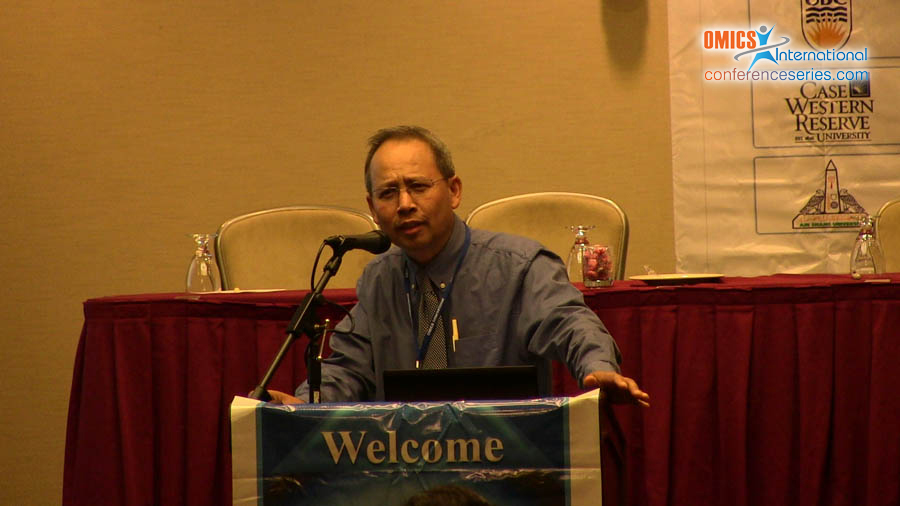Biography
Biography: Lalit P. Singh
Abstract
Mitochondrial (MT) dysregulation, oxidative stress, and resultant energy imbalance is associated with various chronic diseases including neurodegeneration, ischemia/reperfusion, and retinal complications of diabetic retinopathy (DR). Recently, we published that pro-oxidant thioredoxin interacting protein (TXNIP) is significantly up-regulated early in DR and under hyperglycemia in retinal cells in culture including endothelial and Muller cells (MC) and mediates cellular oxidative/nitrosative stress and inflammation. TXNIP expression is also responsible for pericyte apoptosis under high glucose in culture. TXNIP binds to and inhibits the anti-oxidant function of thioredoxin (Trx), therefore, results in cellular oxidative/nitrosative (ROS/RNS) stress and apoptosis. Furthermore, MC are important for retinal neuronal health and reactive MC gliosis induces aberrant gene expression for cytokines and growth factors to maintain retinal homeostasis. However, prolonged MC activation is injurious in DR. We and others observed in the retina of diabetic animal models that dopaminergic (DAergic) amacrine neurons are vulnerable to early DR and the rate-limiting enzyme for dopamine biosynthesis, tyrosine hydroxylase (TH), is down regulated. However, the molecular mechanism(s) for DAergic neuron death in DR or under hyperglycemia is not understood yet. DAergic neuron death or dopamine deficiency and resultant gliosis could cause early visual defects in patients with diabetes. We hypothesize that TXNIP up-regulation cause oxidative stress, neuroinflammation and neurovascular dysfunction in early DR and disease progression of late blinding ocular complications. Therefore, TXNIP represents a potential therapeutic target to prevent disease onset and/or slow down the progression of DR.



